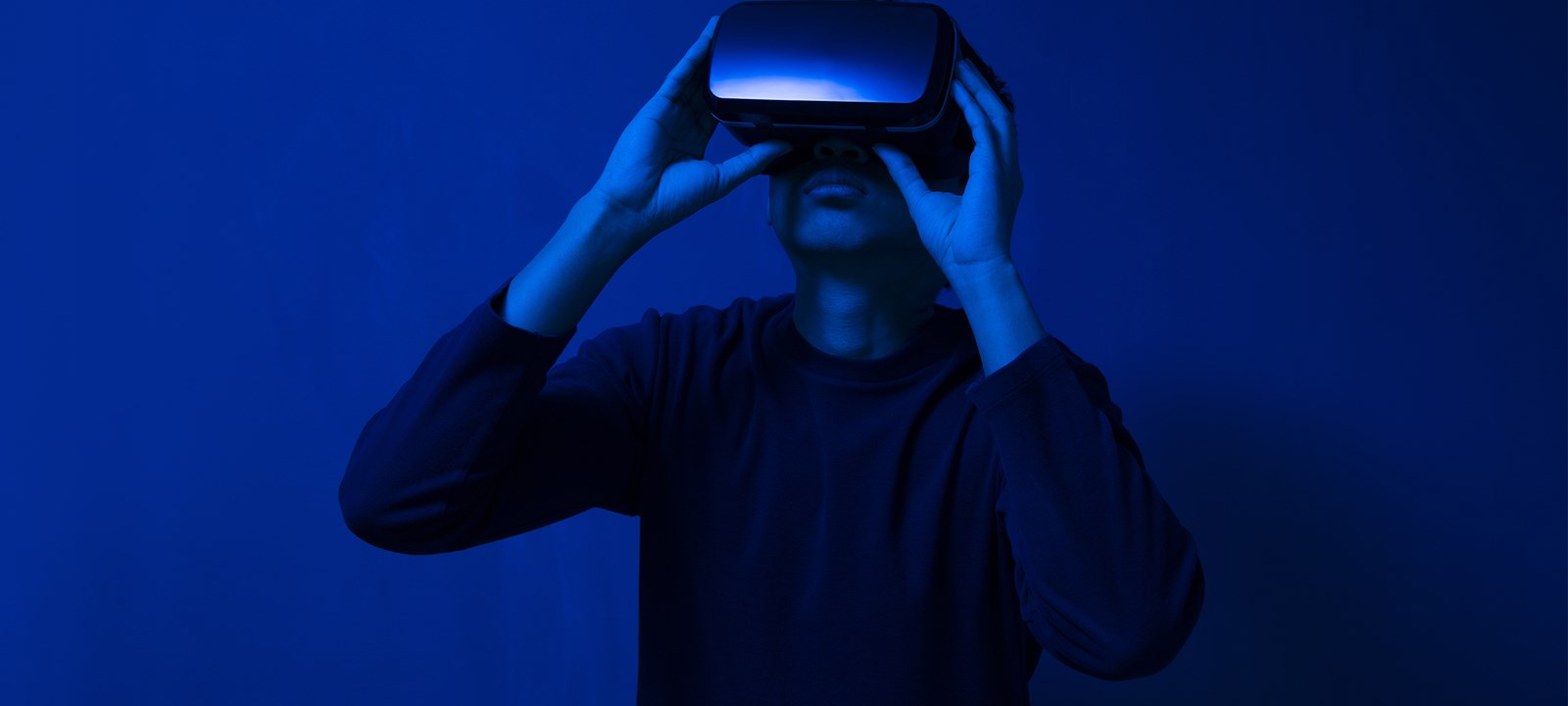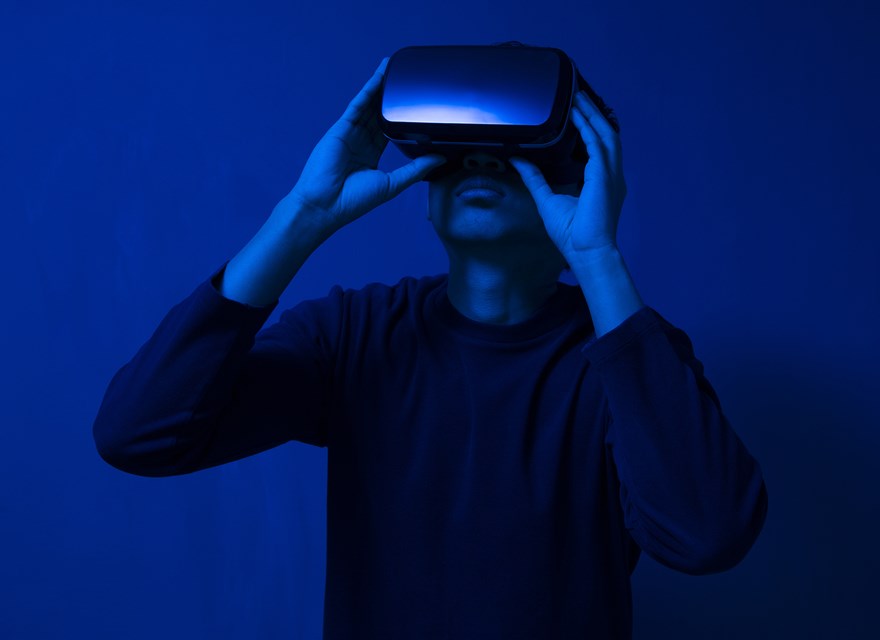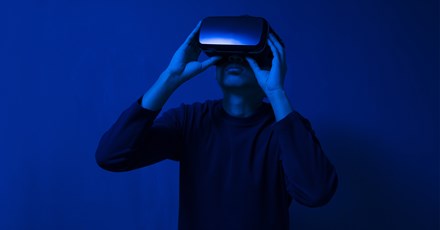outubro 20, 2020
There’s a fine line between a new type of technology enhancing a business and putting companies out of business. The difference that leads to those two very separate outcomes can be found in a company’s ability to adapt and integrate the tech into their daily workings.
For example, when Netflix hit the market and particularly when it started its streaming services, brands like Blockbuster had the option to either adopt the Netflix business model and ride that wave into the future, or to fight against it. They fought, and the rest is history.
Some new technology making its way into retail spaces is Augmented and Virtual Reality offerings. Unlike old video rental brands, retailers are using AR and VR to eliminate uncertainty about hard to demonstrate products and strengthen brand connections. These brands are the ones poised to usher in a new future for consumers, the others run the risk of being left behind.
From Pokémon Go to a Store Near You
Virtual Reality and Augmented Reality got their start in the gaming world. Augmented Reality consists of layering images over a person’s immediate surroundings. One of the most widely known uses of AR is the Pokémon Go game that allows players to walk around their surroundings capturing and interacting with virtual beings who, of course, aren’t actually there in the same space.
Virtual Reality entails placing the user in a completely virtual space. The implications for this tech within video games is obvious, but VR has also found a solid home in things like treatment options for veterans suffering from PTSD. Due to the ability to place the patient in the middle of the events that trigger their PTSD, but in a safe and controlled environment, this tech has opened doors for medical providers that never existed before.
It can be easy to see how this tech can be used in those spaces, but what about retail? Implementation of VR and AR in retail business allows marketers an entirely new dimension to engage customers and sell their products. VR is proving a great fit for use cases where the retailer wants to put the consumer into a completely new environment, like behind the wheel of a car, while AR gives customers the ability to see products represented in real time without having them in hand, such as projecting a new outfit on an image of the shopper standing in the store.
It’s clear AR and VR will soon be the norm for brands around the world. If you’re wondering how you might be able to incorporate this tech into your business, here are a few ideas of ways to innovate your brand through these offerings.
Test a New Store Layout with VR
One of the options for utilising VR in your store can be seen before the brick-and-mortar shop even opens or reopens as the case may be.
A lot of time and energy is put into figuring out the optimal layout of a physical store space. And for new brands, this process can often lead to costly trial and error experimentation.
Building a virtual store and changing the layout on the fly is a solid solution. It is cheaper to put together a virtual store than a real one. Also, design issues related to such VR stores are pretty similar to those in a real physical environment, so you’ll be able to see the friction points and adjust accordingly in real time.
Jump into a New Reality to Overcome Space Limitations
What are some of the larger items that retailers sell that carry restrictions on the space in which they can be displayed? Furniture stores, for example, require large show rooms in which people can see, touch and test out their products. But what if you wanted another space, separate from the warehouse in which you could still make sales?
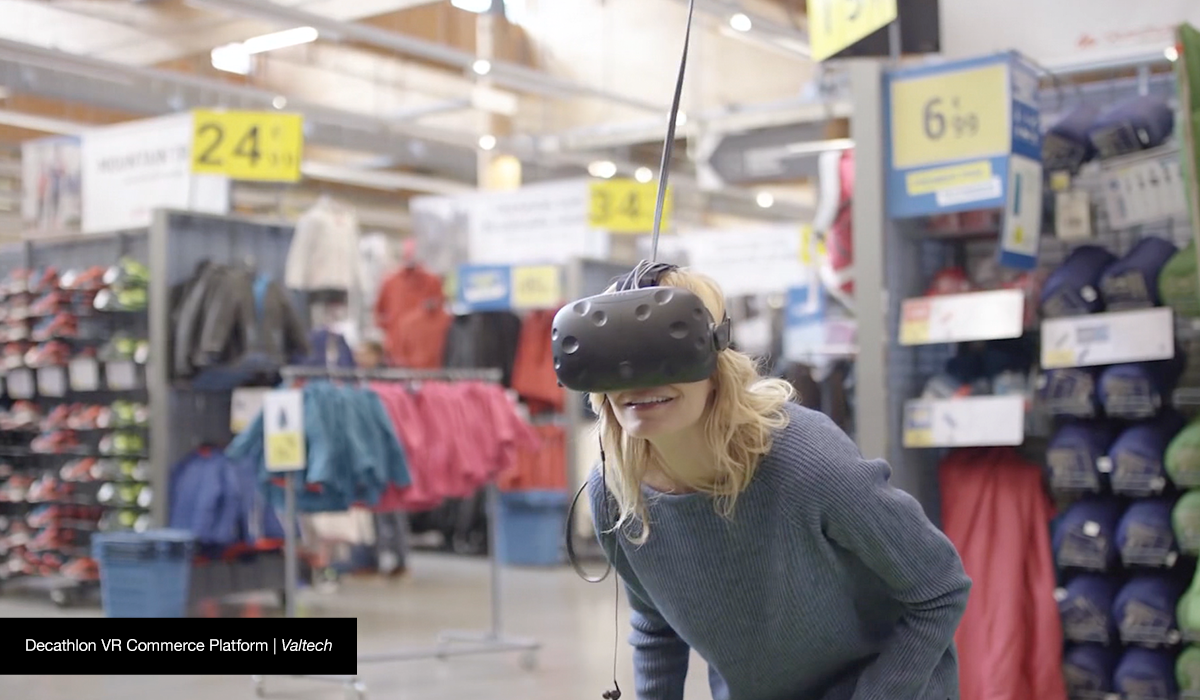 Eliminate space limitations by creating virtual showrooms which allow customers to experience products too big or intricate for a retail environment. These technologies open up opportunities for retailers to connect with a wider audience without the need for physical store expansion.
Eliminate space limitations by creating virtual showrooms which allow customers to experience products too big or intricate for a retail environment. These technologies open up opportunities for retailers to connect with a wider audience without the need for physical store expansion.
Bring the Real World Uses into the Store
People need the ability to try products before they buy. Clothing stores have dressing rooms by necessity to overcome this. But clothing isn’t the only purchase that benefits from trying it out before purchasing. Even if your products don’t need to be tried on to be purchased, the fact remains that customers who can perfectly envision themselves using your products are far more likely to buy.
Create virtual environments allowing customers to interact with a product in the context they will use it. Trying on clothing or makeup colours or experiencing a camping tent as it will be used in a rugged outdoor environment are some proven examples of how this technology can be used to help demo a range of different products.
Create Products for Customers with Custom Tastes
The custom products market continues to grow. Consumers have proven that they’re very interested in seeing their designs, passions and tastes represented on everything from clothing and jewellery to cars and furniture. However, creating custom orders and making sure to get the design just right is a process that often takes time. And the risks for not getting the final product right are exceptionally high.
AR and VR in retail help overcome those hurdles by producing virtual versions of the desired product. This way, the customer will be able to approve the design in an environment with higher fidelity than images on a screen are capable of. For retailers who are looking to incorporate custom orders into their business, or for businesses that already rely on these kinds of transactions, AR and VR might be the answer to get the orders right before products
are created with expensive mistakes.
Bring Employees Onboard with a Little Flair and Fun
New employee orientation is a necessity for every company, whether you work in retail or not. It’s often a process that takes place through videos and handbooks. In other words, it’s not the most fun process, and it’s difficult for it to be as comprehensive as possible.
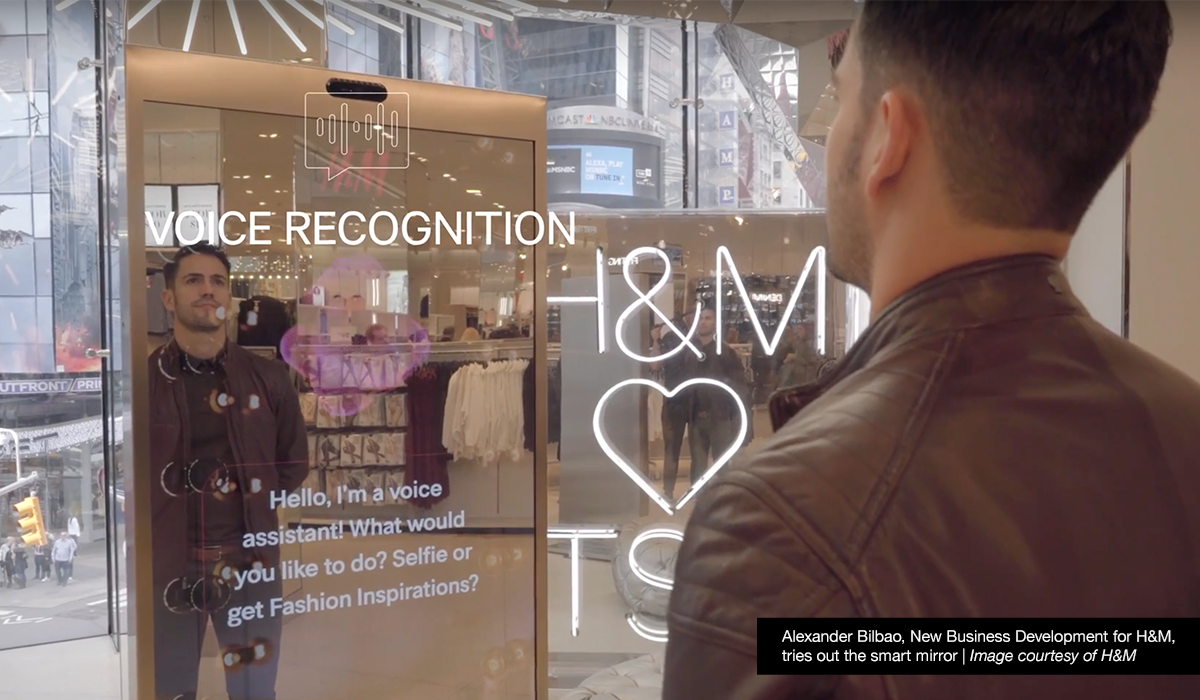 AR and VR allow retailers to put their employees in situations that they otherwise may not encounter until the need arises. By then, of course, you’re left with the need for on the job training. Creating virtual training scenarios is a new way to provide inexpensive, deep expertise for employees.
AR and VR allow retailers to put their employees in situations that they otherwise may not encounter until the need arises. By then, of course, you’re left with the need for on the job training. Creating virtual training scenarios is a new way to provide inexpensive, deep expertise for employees.
Free Up Employees for Crucial Tasks with Virtual Assistants
The human interaction that comes with shopping in a brick-and-mortar store can’t be overstated, and it won’t go away. People will always want to turn to other people for help and information when they can. But how much time do store assistants spend answering questions that might be found on an item’s packaging or website? If you’re interested in freeing up your associates for more important and higher-level customer relationship building, there’s an easy way AR can help.
Since the vast majority of shoppers carry a smartphone, AR can be used to provide additional information to products throughout a store. Through the camera view on a smartphone, virtual assistants can engage customers alongside the showroom product, providing information employees may not have.
As is often the case with new technology, the limits of its uses within an industry are primarily bound by the limits of the imaginations of the people charged with using it. The innovations you see here are not exhaustive; how you go about incorporating AR and VR into your store is up to you. But one thing that is certain is that this technology is here to stay, and the early adapters will be the brands building a new kind of customer experience, and enhancing customer loyalty, well into the future.
